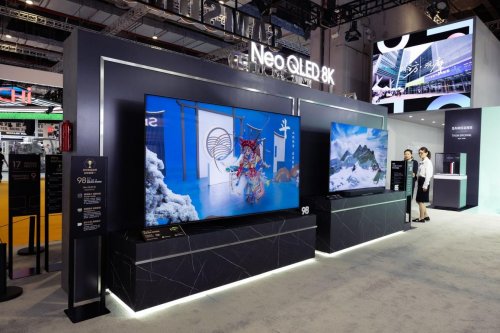
What is GigabitEthernet?
GigabitEthernet is a technology that allows for high-speed networking, with data transmission rates of up to 1 gigabit per second. It is a type of Ethernet technology that is commonly used in local area networks (LANs) and wide area networks (WANs).
What are the benefits of GigabitEthernet?
The benefits of GigabitEthernet include faster data transmission rates, which can improve network performance and reduce latency. It also allows for the transfer of larger files, such as multimedia content, without delay. In addition, it is compatible with existing Ethernet technology, making it easy to upgrade existing networks.
How is GigabitEthernet different from traditional Ethernet?
Traditional Ethernet technology operates at speeds of up to 100 megabits per second, while GigabitEthernet operates at speeds of up to 1 gigabit per second. This means that GigabitEthernet is up to 10 times faster than traditional Ethernet. Additionally, GigabitEthernet has larger frame sizes, which allows for the transfer of larger amounts of data at once.
What are some applications of GigabitEthernet?
GigabitEthernet is commonly used in high-performance computing environments, such as data centers, where large amounts of data need to be transmitted quickly between servers. It is also used in video conferencing systems, where high-quality video and audio need to be transmitted in real-time. Additionally, it is used in multimedia production environments, where large files need to be transferred quickly between workstations.
What is the future of GigabitEthernet?
The future of GigabitEthernet looks bright, with continued improvements in technology leading to even faster data transmission rates. As more devices become connected to the internet and more data is generated, the need for high-speed networking will continue to grow. GigabitEthernet is well-positioned to meet this demand, making it an important technology for the future of networking.
 中小企业网
中小企业网




